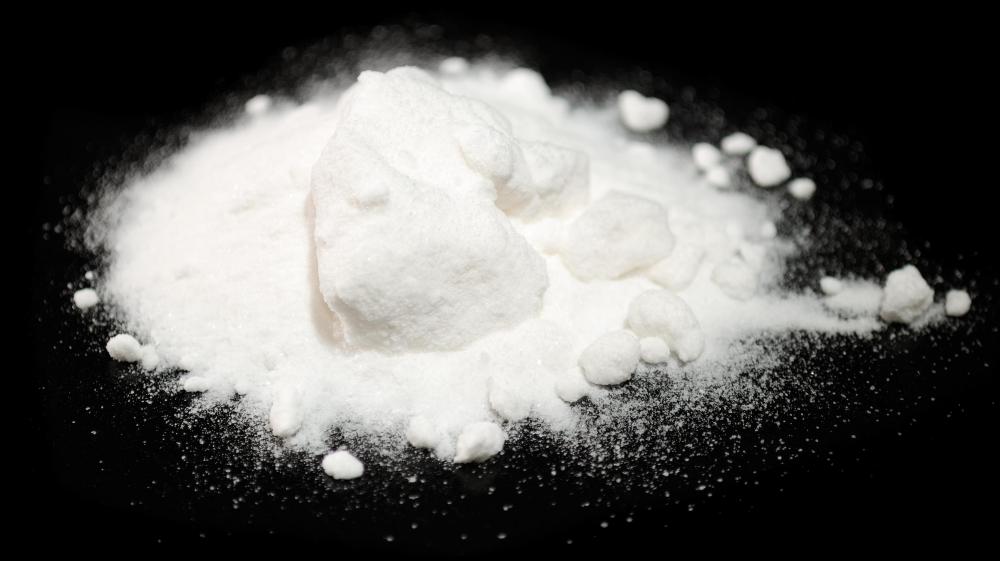At WiseGEEK, we're committed to delivering accurate, trustworthy information. Our expert-authored content is rigorously fact-checked and sourced from credible authorities. Discover how we uphold the highest standards in providing you with reliable knowledge.
How can I Make a Volcano?
A fun science project for children, especially those interested in geology or chemistry, is to make a volcano. A volcano project can also help kids learn the basics about how to plan and conduct a science experiment. While it can be fun and informative to make a volcano, it is not the best idea for a science fair project unless you can come up with an interesting twist on the original. Adults supervision is recommended for this and other science experiments conducted by children.
Before you begin to make a volcano, research the scientific principles at play in the project. Learn about volcanoes and their eruptions, as well as about acids and bases and what happens when they combine. Come up with some plans for how to make a volcano model, and hypothesize which ingredients will create the best eruption.

Next, gather all the materials you will need to make a volcano. You can use a store-bought model or model kit, or you can make a volcano out of papier mache, clay, or simply an inverted cardboard cone. Gather a variety of ingredients to use for eruptions, such as baking soda, vinegar, liquid soap, yeast, lemon juice, hydrogen peroxide, rapid rise yeast, and water. Adding red food coloring to each eruption mixture makes for more realistic and visually appealing lava. Also, make sure you have instruments for measuring, such as measuring cups and a ruler.

Experiment with different combinations of ingredients and measure how explosive each eruption is, how far it travels outside of the volcano, and what it looks like. Make sure to clean up after each experiment so that you start fresh with each one. Make notes of your observations for each experiment. You can also draw graphs and charts illustrating the details of each eruption.
After you have tried out a number of eruption recipes, compare your results to your hypotheses. Did you accurately predict the best ingredients for a realistic eruption, or were you surprised by the results? How can your results be explained scientifically? How might you be able to improve on a similar experiment in the future?
AS FEATURED ON:
AS FEATURED ON:












Discuss this Article
Post your comments